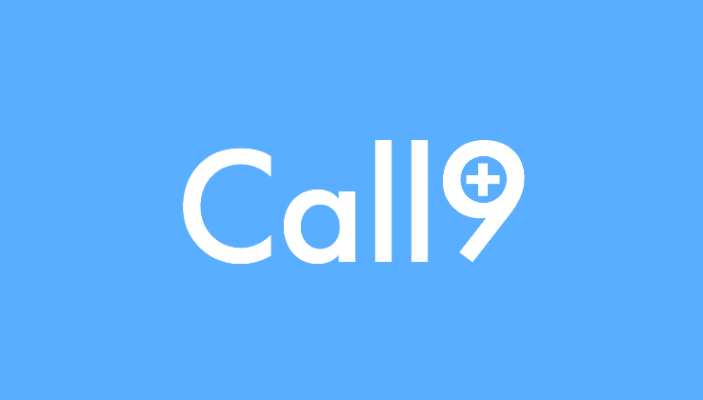Call9, a nine-month-old, Palo Alto, Ca.-based telemedicine startup that came together last spring as a Y Combinator company, has raised $10 million in Series A funding led by Index Ventures, whose cofounder, Neil Rimer, is joining the company’s board.
Other investors in the round include Ali Rowghani, who leads the Y Combinator Continuity Fund; Joe Lonsdale, the VC and co-founder of Palantir Technologies; and Anne Wojcicki, co-founder of 23andMe.
It’s easy to appreciate the young company’s appeal. While there’s no shortage of startups connecting patients to doctors on demand, Call9 specializes in specifically reducing unnecessary visits to emergency rooms by those who call 911 most frequently, which is people in nursing homes.
The company is the brainchild of two physicians: Celina Tenev, a radiology postdoctoral fellow from Stanford, and Timothy Peck, who worked previously as an emergency medicine physician and faculty at Harvard Medical School. The two met while working part-time for a now-defunct startup and shared a joint disbelief that the patient experience still typically includes spending several hours in an emergency room.
The idea they began to pursue in earnest at Y Combinator — with the help of technical cofounder XiaoSong Mu, a recent Stanford computer science graduate — is an app that gives nursing homes an alternative to calling 911 and waiting for an ambulance to arrive.
If a patient is exhibiting worrying signs of trouble or experiencing pain, for example, that patient’s nurses or aids can open the Call9 app and immediate connect via video chat to one of 27 on-call emergency room doctors who are now working with Call9.
If a doctor thinks the nursing home employees can address the situation themselves, he or she will give them detailed instructions regarding what to do, as well as the prescribe the patient medication when necessary.
If it’s truly an emergency situation, the doctor will order an ambulance.
Asked if the company was concerned with liability issues — what happens, for example, if it misdiagnoses a patient, or an on-site nurse flubs the directions she’s given, or Call9 doesn’t order an ambulance quickly enough when one is needed — Tenev tells us that that possibility was “one of the first thing we dealt with head on.”
The reality, she says, is that the company easily exceeds a depressingly low “basic standard of care,” because it has a physician involved from the beginning of the process rather than, as is standard, at the end of it. (The average wait time to to see an emergency room doctor after a patient hits the hospital is 24 minutes. Peck says it typically takes someone 64 minutes to see a doctor from the moment 911 is called.)
Since launching last June, Call9 has gone live in three nursing homes in New York and says that it has prevented 55 percent of trips to the ER in the patients it has seen. (It also claims to have saved three lives.)
The company also says that while its emergency care system is focused on nursing homes today — it expects to be in 65 by year — it can ultimately be applied almost anywhere, including in schools, hotels, offices and on factory floors.
In the meantime, we’re guessing its new investors like that Call9, which currently employs 12 people full time, already has some revenue streams. Nursing homes pay it a subscription fee for seeing patients; it also bills Medicare and Medicaid for the patients it sees, along with those patients’ insurance companies.
